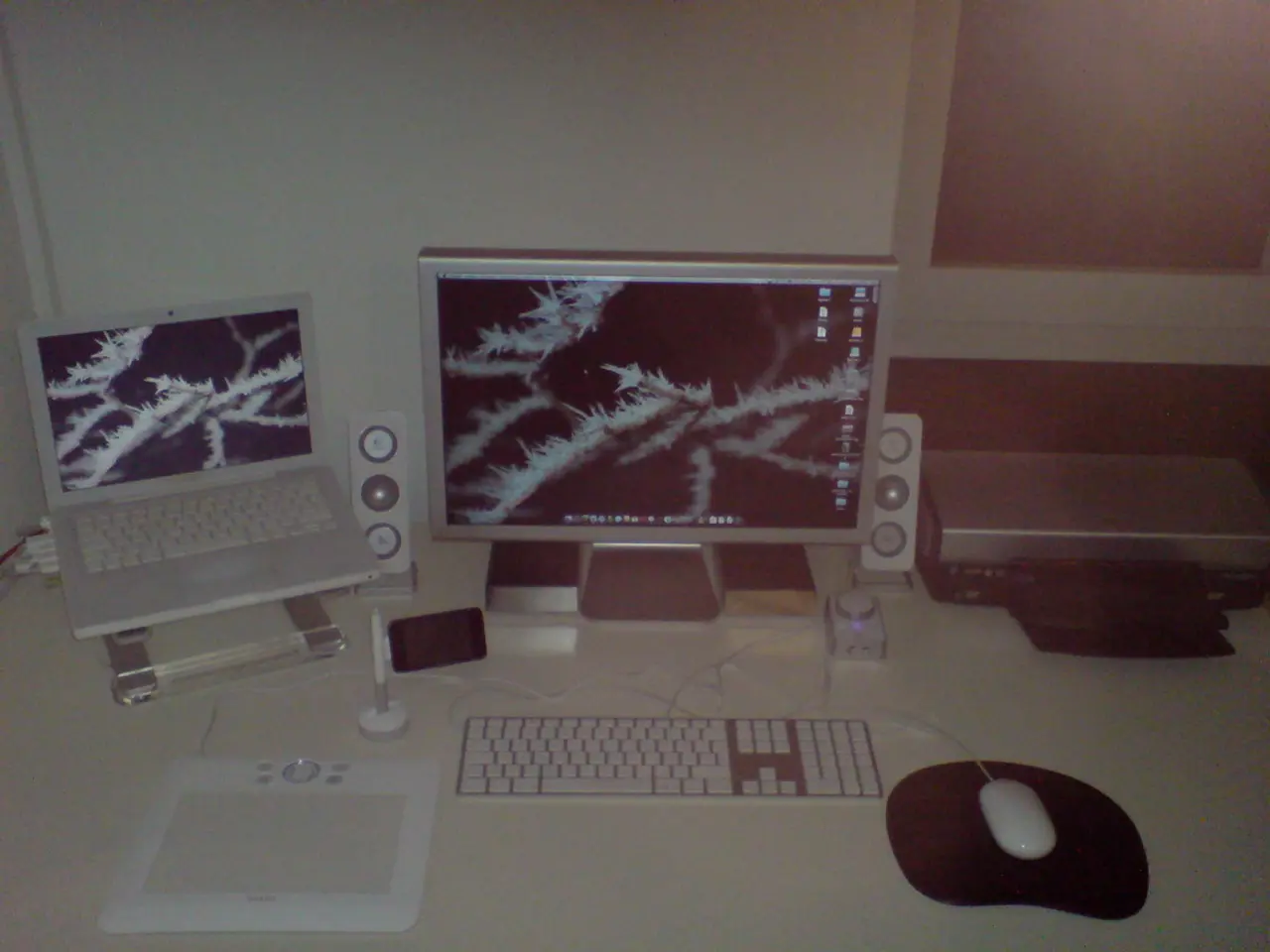Celebrating a decade of Windows 10, but is it worth hanging on? Exploring six aspects of the OS I'll regret leaving behind.
Windows 10, once the most popular operating system, will reach its end of life on October 14, 2025. While users can upgrade to Windows 11 or enrol in the Extended Security Updates (ESU) program to continue receiving security updates, some unique features of Windows 10 will be missed as they are not present or have been changed in Windows 11.
One of the standout features of Windows 10 is its Start menu. Simpler and more customisable than its counterpart in Windows 11, the Windows 10 Start menu offers a clean and functional design that strikes a balance between design and customisation. Windows 11's redesigned Start menu, while more centred and AI-integrated, lacks the same level of customisation options.
Another difference lies in the level of AI integration. Windows 10, being the last consumer OS from Microsoft without AI features embedded everywhere, offers a less intrusive experience compared to Windows 11. While Windows 11 aggressively integrates AI into the Start menu, Settings, and other areas, Windows 10 allows users to operate with fewer distractions and less feeling of constant AI monitoring.
In terms of privacy, Windows 10 collects telemetry data but in a way that "doesn't feel like you're being watched all the time," unlike Windows 11 which emphasises more data-driven AI features. Additionally, during the Windows 10 installation process, users could easily create a local user account without tying the device to a Microsoft cloud account. Windows 11, especially on the Home edition, makes it difficult to create a local account without workarounds, forcing most users towards Microsoft account sign-in.
Windows 10 also introduced several features that have been evolved or removed in Windows 11, such as Xbox Live integration, Cortana assistant, virtual desktops, and the legacy Edge browser. The traditional "Blue Screen of Death" (BSOD) remains in Windows 10, whereas Windows 11 is transitioning to a "Black Screen of Death" with a different crash experience.
As we bid farewell to Windows 10, users who value a simpler, less AI-intrusive OS experience, easier offline privacy during setup, and the classic Windows 10 UI approach may find these aspects uniquely missed after migrating to Windows 11. For those considering the switch, it's recommended to explore in-depth guides, troubleshooting advice, and essential tips for both Windows 11 and 10 on our website to make an informed decision.
Windows 10 was first launched on July 29, 2015, and users still on Windows 10 have two options: upgrade to Windows 11 for free or enroll their device in the ESU program to receive security updates until October 13, 2026. After October 14, 2025, support for Windows 10 will end, and no further free updates will be available unless enrolled in the Extended Security Updates (ESU) program. The Taskbar on Windows 10 allowed customisation of its behaviour and system icons, and it could be positioned at the top, left, or right of the screen. The Start menu on Windows 10 included a full-screen mode and allowed manual resizing.
[1] Source: TechRadar [2] Source: Neowin [3] Source: StartCounter [4] Source: Windows Central
- The Surface Laptop, a popular PC from Microsoft, is a testament to the innovative hardware and software gadgets produced by the technology giant.
- While Windows 11 boasts a redesigned Start menu and more AI integration, the edge it had over Windows 10 in these aspects is debatable.
- Windows 10, particularly appreciated for its balance between design and customizability in the Start menu, offers a less AI-intrusive experience compared to its successor.
- Users of the Surface can still opt for the Windows 11 upgrade, but those preferring a simpler OS experience may find the transition challenging.
- The Xbox, a key feature of Windows 10, was integrated with Xbox Live, a service missing from Windows 11.
- Windows 10's traditional "Blue Screen of Death" (BSOD) is a stark contrast to the transition of Windows 11 towards a "Black Screen of Death" with a different crash experience.
- In terms of privacy, Windows 10 allows a more controlled approach, unlike Windows 11 that emphasises AI-driven data collection.
- Users still on Windows 10 have until October 14, 2025, to either upgrade to Windows 11 for free or enroll in the Extended Security Updates (ESU) program to continue receiving security updates.




